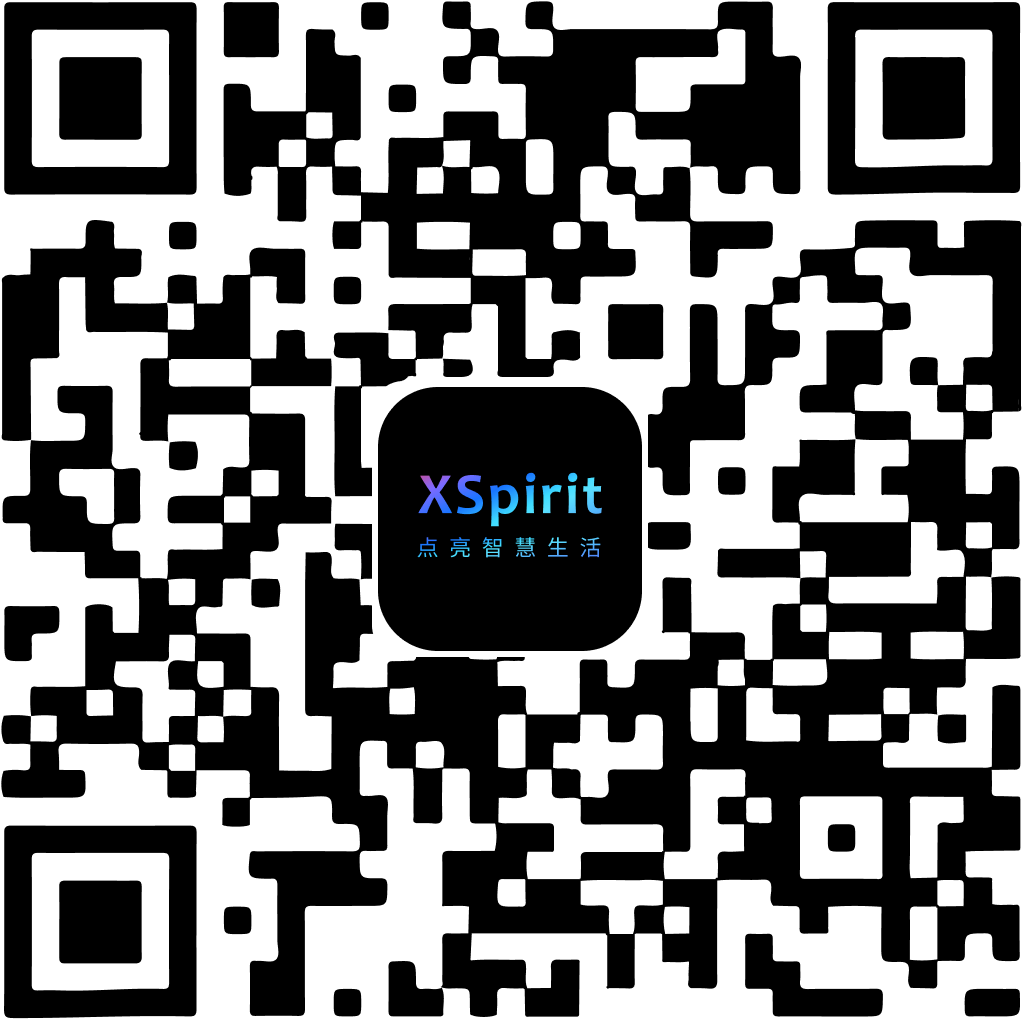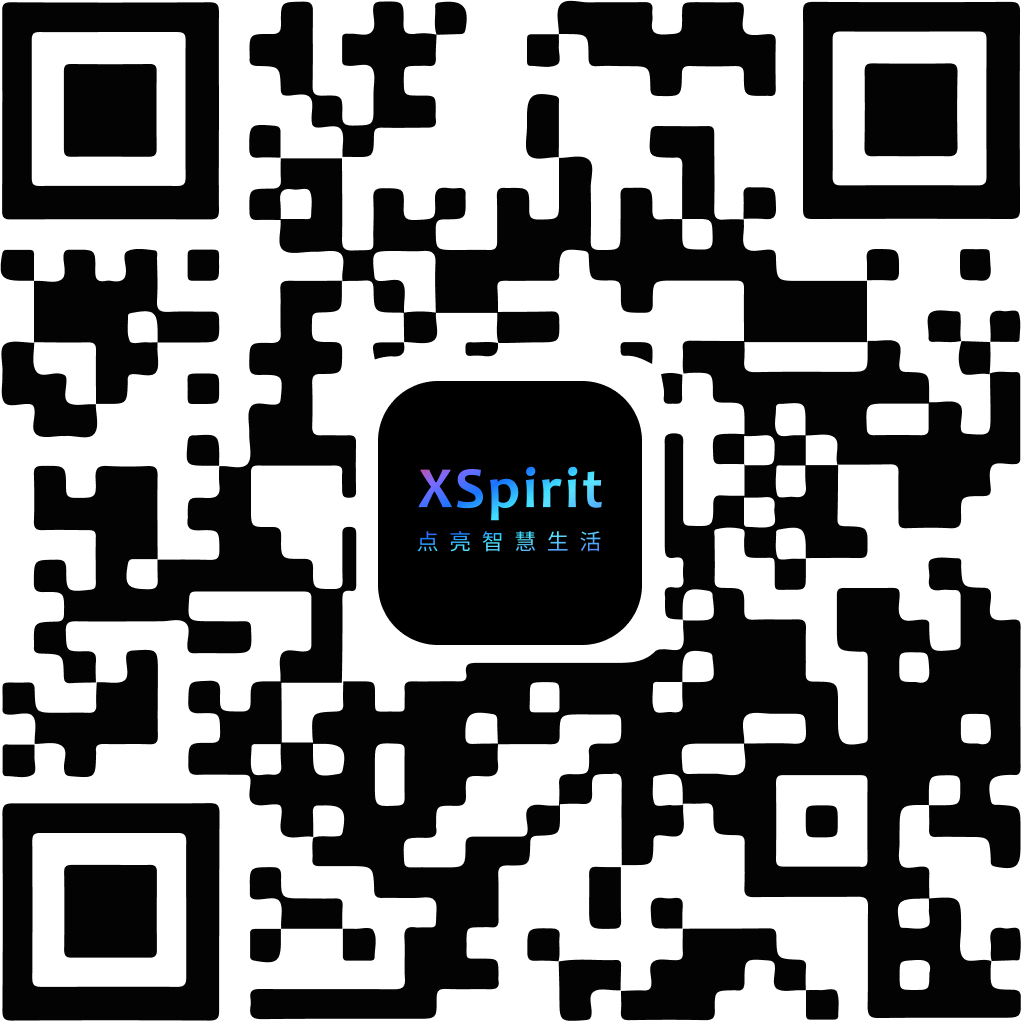Output : Http server output
HttpOutput is the base calss of HttpClientRequest and HttpServerResponse.
The client initiates a request to the server through the output object. The server replies to the client through the output object.
Support
The following shows HttpOutput module APIs available for each permissions.
| User Mode | Privilege Mode | |
|---|---|---|
| output.method | ● | ● |
| output.path | ● | ● |
| output.statusCode | ● | ● |
| output.statusMessage | ● | ● |
| output.setHeader | ● | ● |
| output.getHeader | ● | ● |
| output.writeHead | ● | ● |
| output.removeHeader | ● | ● |
| output.addHeaders | ● | ● |
| output.clearHeaders | ● | ● |
| output.status | ● | ● |
| output.write | ● | ● |
| output.end | ● | ● |
| output.destroy | ● | ● |
| output.connected | ● | ● |
HttpOutput Object
output.method [for REQUEST]
method{String} Contains a string corresponding to the HTTP method of the request. It is expressed in uppercase and is case sensitive.
See httpinput input.method for detail: input.method.
output.path [for REQUEST]
path{String} HTTP request url query path.
output.statusCode [for RESPONSE]
statusCode{Integer} HTTP response status.
See httpinput input.statusCode for detail: input.method.
output.statusMessage [for RESPONSE]
statusMessage{String} HTTP response status message.
See httpinput input.statusCode for detail: input.method.
output.setHeader(key, val)
key{String} HTTP header key.val{String} HTTP header value.
Set an HTTP header.
Example
res.setHeader('content-type', 'text/html');
output.getHeader(key)
key{String} HTTP header key.- Returns: {String|undefined} HTTP header value.
Get an HTTP header. If not exist, return undefined.
output.writeHead(headOpt[, headers])
headOpt{Object | Integer | String} HTTP header line message.- {Integer} [for RESPONSE] is equivalent to object: '{statusCode: {Integer}}'.
- {String} [for REQUEST] is equivalent to object: '{method: {String}}'.
- {Object} Option:
statusCode{Integer} [for RESPONSE] HTTP status code.reason{String} [for RESPONSE] HTTP status code message, default: status code message.method{String} [for REQUEST] HTTP request method.path{String} [for REQUEST] HTTP request url query path. .default: '/'.
headers{Object} HTTP headers. eg.{ 'key': 'value' }
Set output HTTP header line and headers.
Example
res.writeHead(304, 'Not Modified');
output.removeHeader(key)
key{String} HTTP header key.
Remove a header from HTTP headers.
Example
res.removeHeader('content-type');
output.addHeaders(headers)
headers{Object} HTTP headers.
Set HTTP headers. Copy all object from headers to output headers.
Example
res.addHeaders({'content-type': 'text/html'});
output.clearHeaders()
Clear all HTTP headers.
Example
res.clearHeaders();
output.status([status])
status{Integer} HTTP status.- Returns: {HttpOutput | Integer} return this object for set operate or status code for get operate.
Set or get HTTP status. If status undefined, this method return output statusCode. Otherwise, set output statusCode.
Example
res.status(200);
output.write(chunk)
chunk{String | Number | Boolean | Object | Buffer} Http body data.- Returns: {Boolean}
true: success.false: fail.
Send data to client/server. If Content-Length not set, output.write() set 'Transfer-Encoding' to 'chunked', and this method can call multiple times. After write all data, user should call output.end() to end output.
output.end([chunk])
chunk{ String | Number | Boolean | Object | Buffer} Http body data. default: undefined.
If chunk is not empty, the chunk is sent to the client/server and the output is ended. After the outout is finished, continuing to send data is invalid.
The output automatically sets the Content-Type header entry based on the chunk type. Content-Type is set as follows:
| chunk type | Content-Type |
|---|---|
String | REQUEST: text/plain; RESPONSE: text/html |
Number, Boolean, Object | application/json |
Buffer | application/octet-stream |
output.destroy([error])
error{Error} which will be passed as payload in'error'event.- Returns: {HttpOutput} This object.
When this method closes the writable stream, it also closes the underlying socket connection.
output.connected()
- Returns: {Boolean} Whether the current connection is connected.
Get whether the current network connection is connected.
Example
var connected = output.connected();




 陕公网安备61019002002605号
陕公网安备61019002002605号